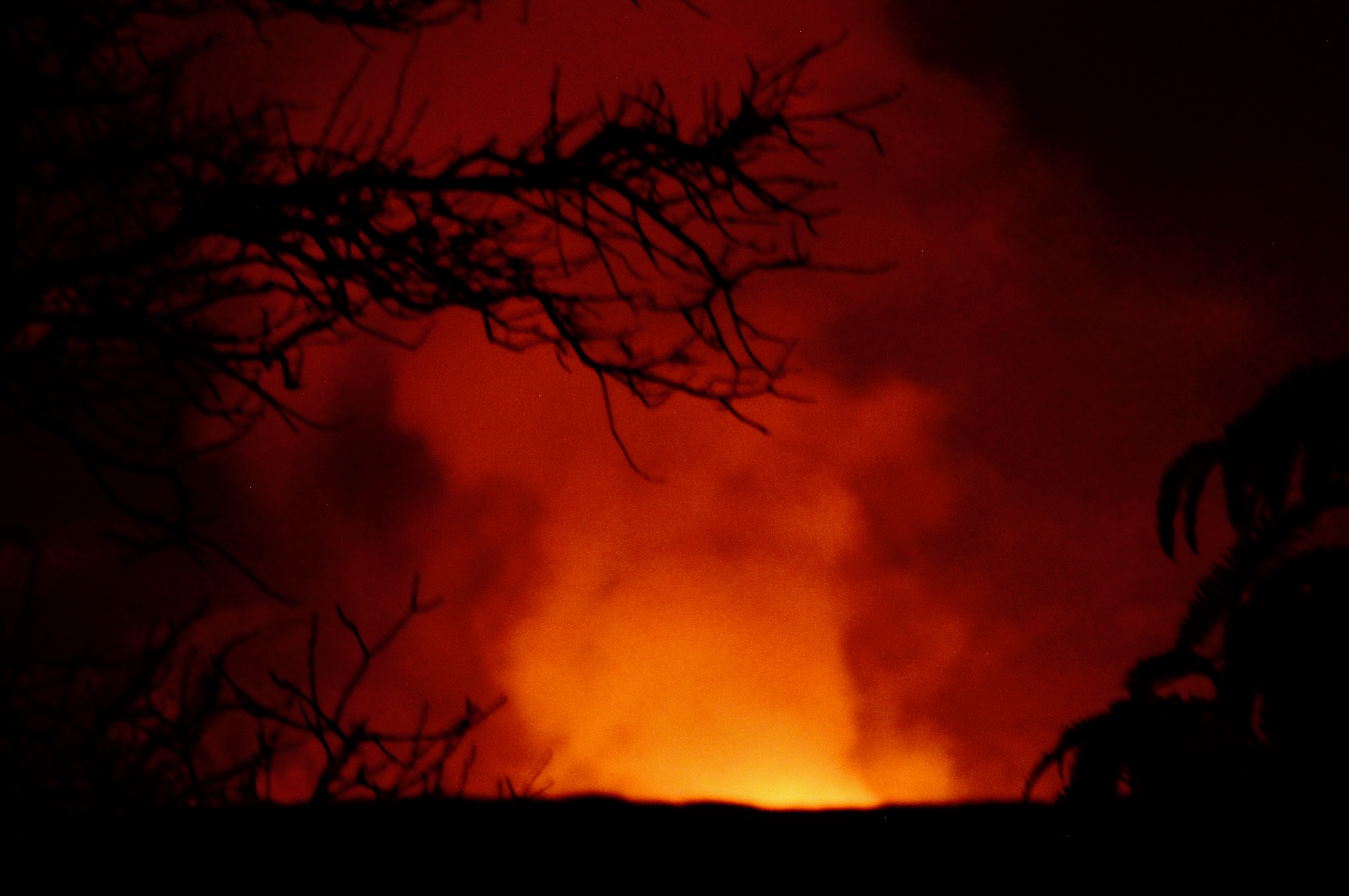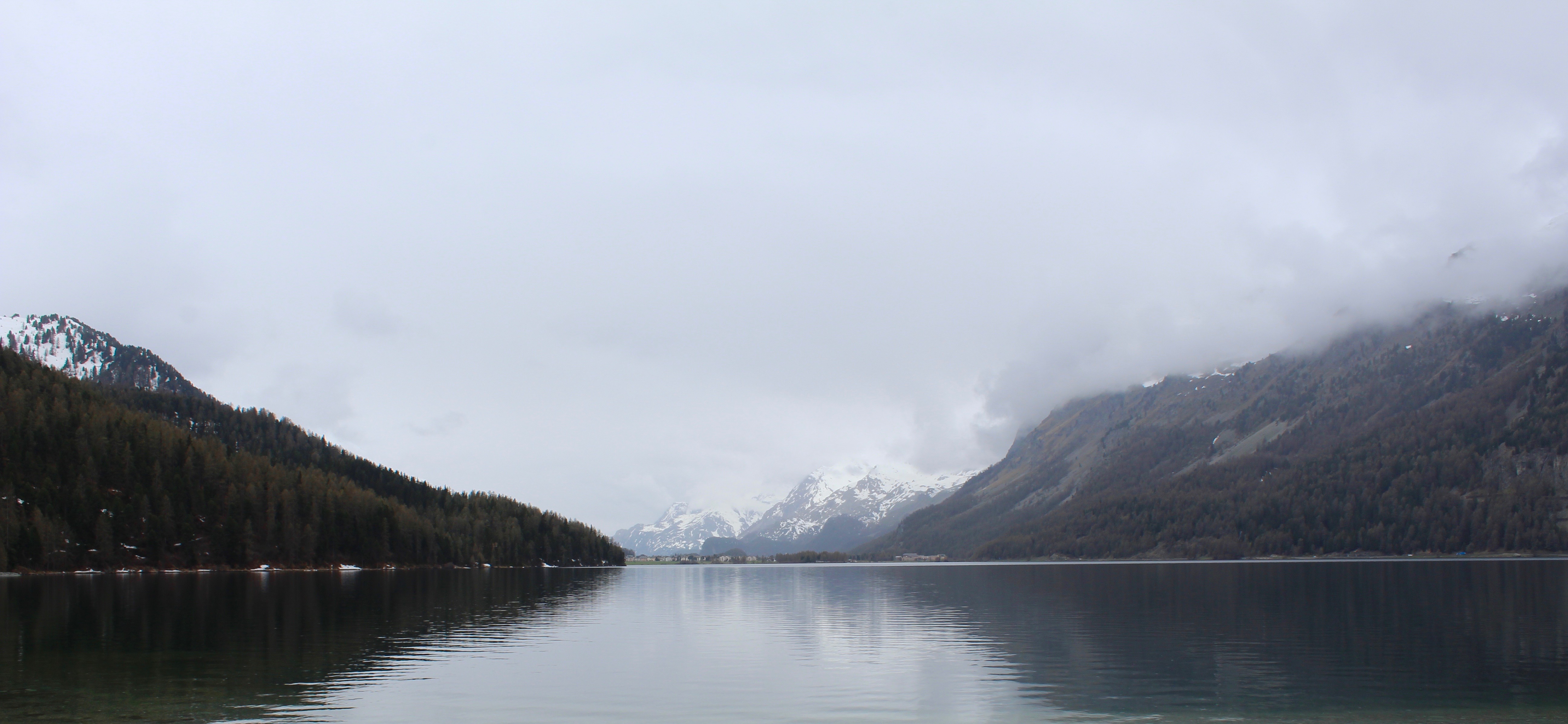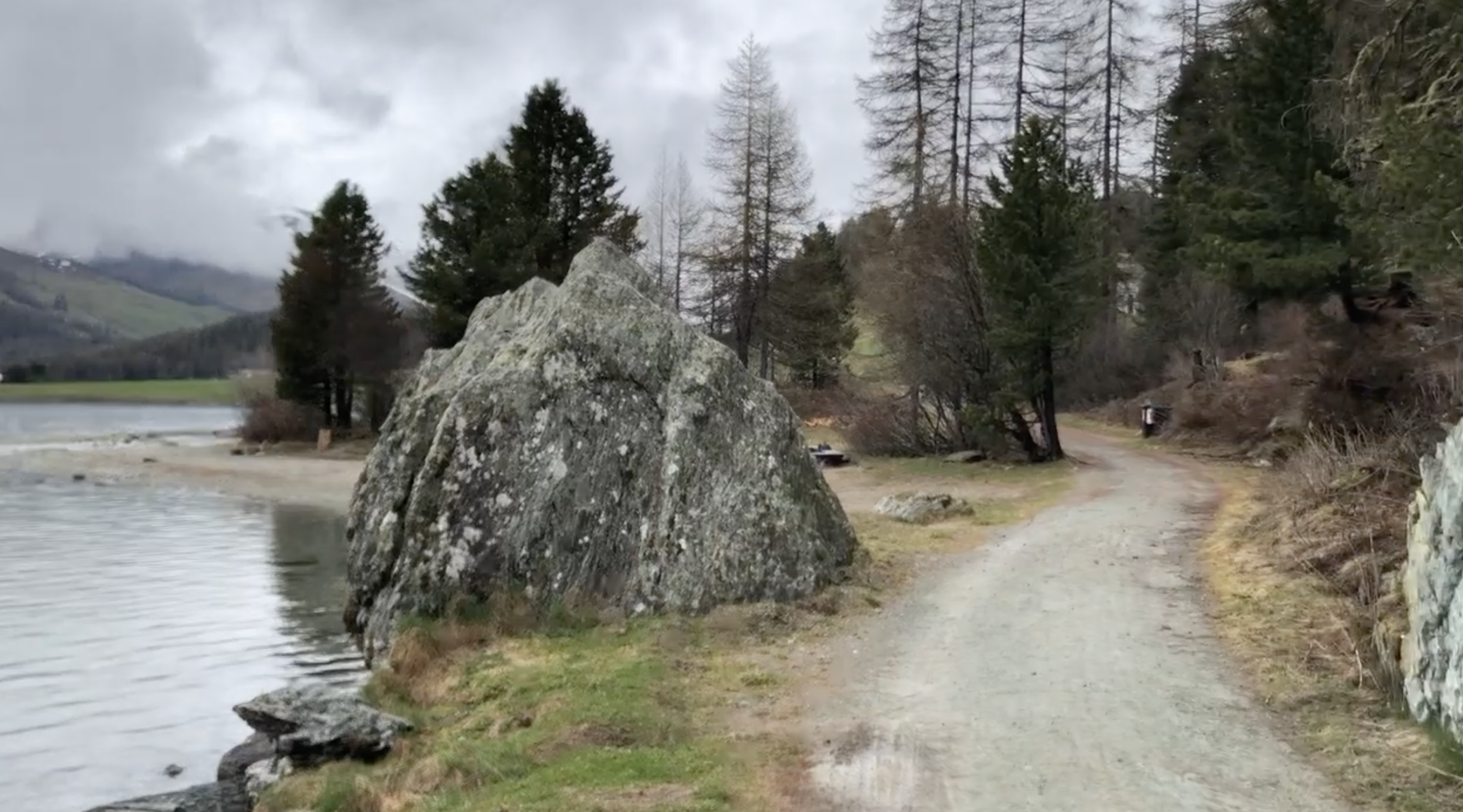
Philosophy and Art from the Summit of Kīlauea
Halemaʻumaʻu Crater at the Summit of Kīlauea
Hawaiʻi Volcanoes National Park
September 2023
Tim Freeman
For believe me—the secret to harvesting the greatest fruitfulness and the greatest enjoyment from existence is to live dangerously! Build your cities on the slope of Vesuvius!Friedrich Nietzsche, The Joyous Science, §283
.jpeg)
Associate Professor of Philosophy
Comparative & Continental Philosophy
Philosophy of Art
Environmental Philosophy
Selected Publications
The Shimmering Shining: The Promise of Art in Heidegger and Nietzsche, Comparative & Continental Philosophy, Vol. 5 No. 1, May, 2013, 49–66
Living on the Edge of a Volcano: Reflections on Nietzsche’s Philosophy and Albert Saijo’s Zensational Rhapsody, Journal of World Philosophies, Vol. 8 No. 1 (2023): Summer 2023

Ceramic Artist
Specializing in Pit-Fired Ceramic Vessels
Evoking the Volcano Landscape
Curated Art Exhibitions
The Elemental
Art & Anarchy 2021
Emptiness and Form 2024
The Abode of Pele
Lanaʻi a Kanaloa, mai Maui a Hawaiʻi,
Ka Wahine — O Pele —i hiʻa i kana ahi
A á pulupulu, kukuni, wela ka lani:
He uwila kuʻi no ka honua;
Hekili paʻapaʻina i ke ao;
Pohaku puoho, lele iluna;
Opaʻipaʻi wale ka Mauna;
Pipili ka lani, paʻa iä moku.
Nalo Hawaiʻi i ka uahi a ka Wahine,
I ka lili a ke Akua.

Pele Rising from Halemaʻumaʻu
Tim Freeman, December 2020
Thence on to Mother Hina's isle;
To Lana'i of Kanaloa;
To Maui and, last, to Hawaii:
This the route of the Woman — Pele.
Then she rubs her fire-sticks to a blaze:
Up flames her touchwood, kindling the heavens.
Earth sees the flash of lightning, hears the boom
Of thunder echoed by mountain walls —
Rocks flung in space bombard the day,
Shaking the mountain to its base.
The firmament sags, clings to the earth;
Hawaii is lost in Her smoke,
At the passion-heat of the Goddess.
(Emerson 2005, 229-232)
The Abode of Pele
Paper presented at 2013 PACT conference at the University of San Francisco
And and 2015 CCPC conference at the University of Iceland.
The Kōan of Nietzsche’s Eternal Recurrence and Albert Saijo's Zensational Rhapsody
Paper presented at 2022 CCPC conference at the Tallinn University, Estonia on May 14, 2022.
The Abode of Zarathustra

Lake Silvaplana, The Engadine, Switzerland, Tim Freeman, May 28, 2019.
John Sallis, Topographies, 70.
The train ride up from Basel takes one along a route that is a Unesco World Heritage site which many consider the most spectacular railway journey in Europe. I think we were both filled with ecstatic exhilaration as we made our way up through the mountains with the incredible vistas, and I imagined that even despite his poor eyesight that Nietzsche must have felt something similar on his first trip up along the same route. In Ecce Homo Nietzsche notes the difference that the climate and meterology of various places had in his experience, and laments that much of his life, up until he began his ten yeas of wandering, “only played itself out in places that were wrong and practically forbidden to me” (Nietzsche 2007, 22-23). As he made his way up and could feel the change in elevation, I suspect he must have felt an exhilaration as he was leaving those forbidden places with their constricted cities and towns in the lowlands below; and perhaps he might even have felt some anticipation that he was finally at last finding his place, coming home, at least the place as close to a home such a nomad philosopher would ever find. The place would become for him the abode of Zarathustra. I felt a tingling anticipation and excitement as we approached our destination.
We arrived in Sils-Maria late in the day and checked into our lodgings just a short walk from the house where Nietzsche stayed. We had arrived in between seasons and thus everything was closed in the town except for a little store where we found some vegetables and pasta and some wine for dinner. So after we settled in, had our dinner and wine, we took a little stroll under the stars to the Nietzsche-haus. It too was closed, but I had made an appointment for a private tour the next afternoon. But first we planned fon getting up early and taking the hike around Lake Silvaplana to the rock.

The Zarathustra Stone, Tim Freeman, May 28, 2019.


The Abode of Zarathustra, Tim Freeman, May 31, 2019
Timothy J Freeman
University of Hawai`i at Hilo
200 W. Kawili St.
Hilo, HI 96720
freeman@hawaii.edu
Timothy J Freeman
P.O. Box 2224
Volcano, HI 96785
tim@tfreeman.net
